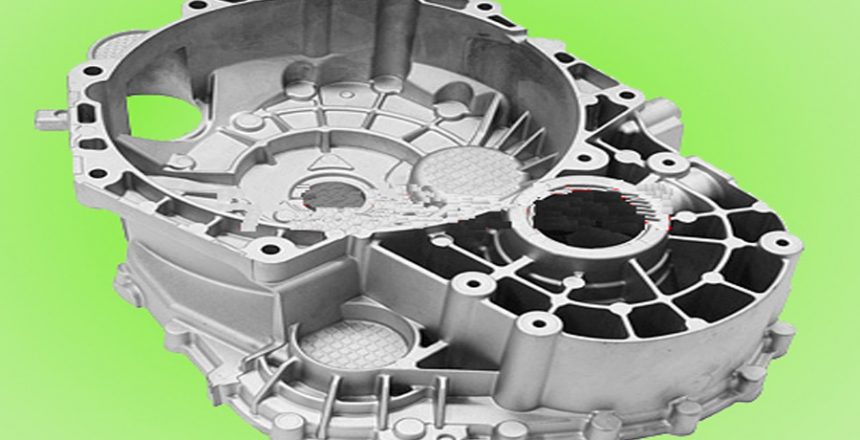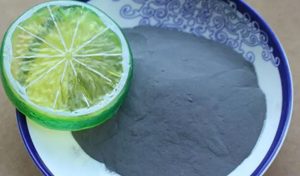The quality of die-casting molds is related to many factors, so what is the quality stabilization plan for die-casting molds? Let’s learn about it together below.
Extensively listen to the opinions of the craftsmen in mold manufacturing and die-casting production before mold design. When designing the mold, it is necessary to fully understand the main purpose of the die-casting parts and the assembly relationship with other structural parts, so as to distinguish the priority and highlight the key points of the mold structure, so as to obtain the die-casting parts that meet the technical requirements and use requirements.
The mold design should fully reflect the superior performance of die-casting molding, and try to mold the structure that meets the die-casting process, such as holes, grooves, undercuts, and undercuts, so as to avoid unnecessary post-processing. When necessary, discuss the rationality of the die-casting design with the die-casting design party: such as using consistent wall thickness; draft angle; sidewalls, ribs, protrusions and other intersections with larger rounded corners; sharp outer corners Use rounding or chamfering to eliminate to reduce the possibility of mold failure and reduce maintenance; barbs should be avoided as much as possible, because they will require parts to be processed or require the use of reciprocating core sliders in the mold; Let the main dimensions be related to the die-casting mold components, rather than crossing the parting line.
Because the parts are asymmetrical in the two parts of the ejector mold and the fixed mold, it is very difficult to achieve the same accuracy on both sides of the die-casting mold boundary. Mold designers must master the technical characteristics of the die-casting machine, and give full play to the technical functions and production capacity of the die-casting machine. Mold installation should be convenient and reliable.


